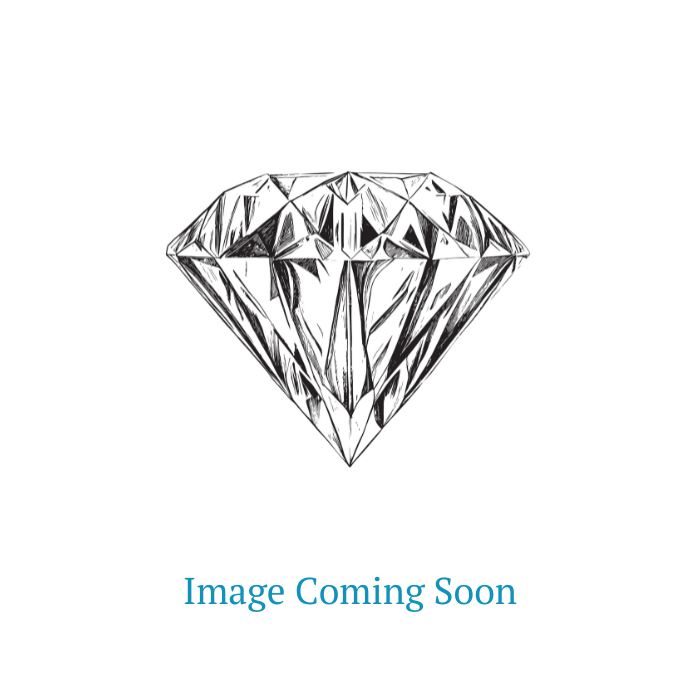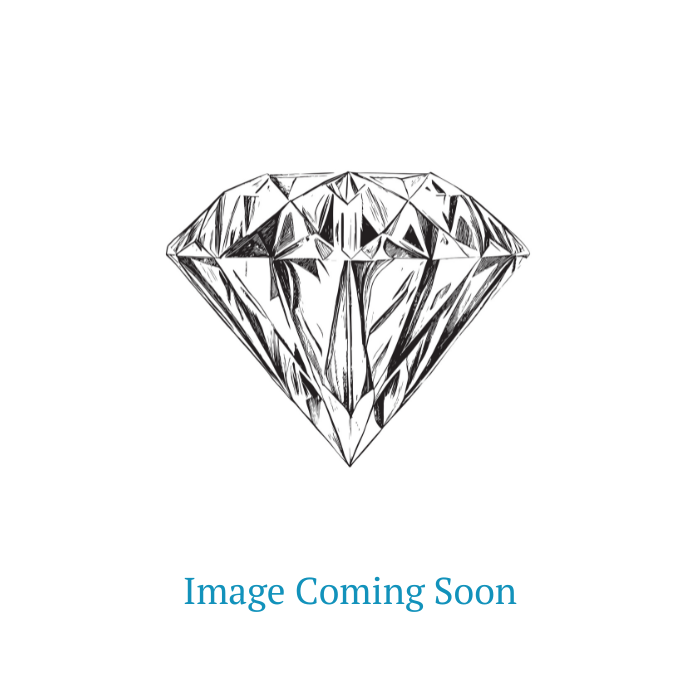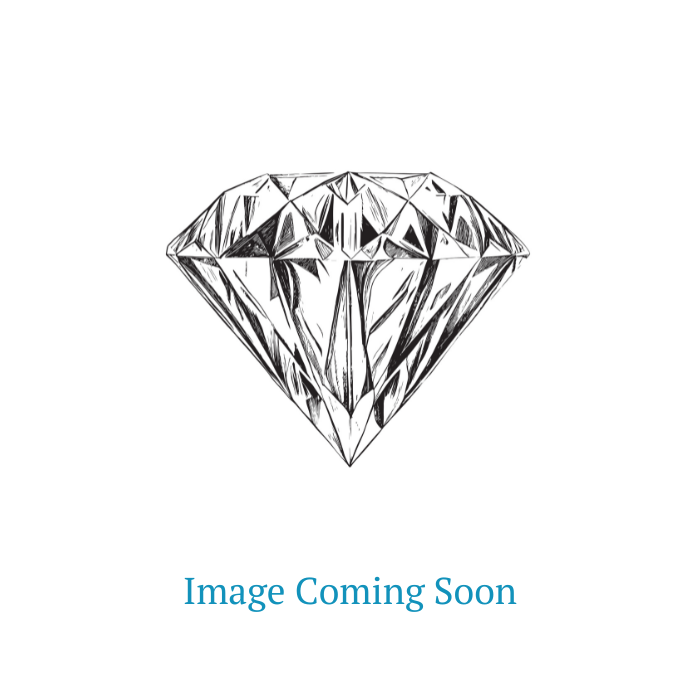Metal Education
Help Centre - The Different Metals Used To Make Our Jewellery
Our user-friendly help centre will answer any questions you may have before purchasing.
 Speak to a friendly expert
Speak to a friendly expert
Live online chat or WhatsApp us on 0207 837 2964
- Frequently asked questions
- Customer testimonials
- About Purely Diamonds
- Our London showroom
- Cleaning, Polishing & Repairs
- Delivery information
- Refunds & exchanges
- Resizing your ring
- Silver sample service
- Metal education
- Diamond shapes
- Ring profiles and weights
- Bespoke design
- Insurance
- Certifications
- Find out your ring size
- Finance options
- Money-back guarantee
- Presentation box
We work with Platinum, 18ct white/yellow/rose gold,
9ct white/yellow/rose gold and Palladium.
Here’s our quick guide to the various
metals and the finishes we offer.

Metals
One of the questions that we are often asked is, what is the difference between White Gold and Platinum? Here’s our guide to the two metals.
What are the differences between White Gold and Platinum?
- Platinum is a naturally white metal, whereas white gold is naturally a light grey / yellowish colour and has to be plated in another metal called rhodium to make it whiter.
- Platinum is approximately 40% heavier than gold.
- Platinum is 30 times rarer than gold, so its price is invariably that much higher.
- Platinum is generally 95% pure platinum compared with gold which is 75% pure gold.
- Platinum is harder wearing than gold due to its density and weight. It does scratch like all other precious metals, but a scratch is merely a displacement of metal and none of its volume is lost.
- If white gold has been rhodium plated, the colour difference between white gold and platinum is not noticeable. The two will look almost identical when new, however the rhodium plating will wear off over time leaving the metal looking slightly yellow in colour.
We use 18 carat and 9 carat white gold. White gold is not a naturally occurring metal, 18 carat white gold is 75% pure gold with 25% alloy metals including silver and palladium. 9 carat white gold is 37.5% pure gold. The white gold mixed with the alloys creates a metal that is light grey / yellowish in colour.
The white gold metal is then plated in a metal called rhodium to make it appear whiter. Rhodium is very similar to platinum and shares many of the same properties, including its colour. It’s a very white metal and is hard wearing, although it will wear away after a period of time.
We use 18 carat and 9 carat yellow gold. 18 carat yellow gold is 75% pure gold with 25% alloy metals including copper and zinc. 9 carat yellow gold is 37.5% pure gold. Unlike white gold, which needs to be rhodium plated to look white, yellow gold does not require plating as it is naturally yellow. Yellow gold is hard wearing and will maintain its yellow colour, but it always looks best once it has been polished
All our platinum is almost pure (950 Platinum). It is made by mixing 95% platinum with 5% other alloy metals such as cobalt and ruthenium. Platinum is the finest precious metal used in jewellery making. There is very little platinum on this earth and it’s found in very few places around the world. The rarity of platinum means that its price is invariably higher than gold. Platinum naturally has a brilliant white sheen and does not need to be rhodium plated like white gold to achieve its colour. The purity level in platinum is much higher than gold (95% compared with 75%), making it hypoallergenic and kind to sensitive skin.
Platinum is very hardwearing and very dense, making it heavier than gold and more durable than other jewellery metals. It does scratch like all other precious metals, but a scratch is merely a displacement of metal and none of its volume is lost. Over time platinum does develop a natural patina which many people find just as attractive as a polished finish. However, a professional polish will restore the jewellery to its original highly polished condition if you prefer.
All our palladium is almost pure (950 Palladium). The palladium hallmark was introduced on 22nd July 2009, and is now a legally recognised hallmark. Palladium is a noble metal and within the platinum group of metals. Palladium is internationally recognised as being a precious metal. Palladium is naturally white, like platinum, and therefore does not need to be rhodium plated to give it a white appearance and it does not tarnish.
Palladium is much less expensive than platinum. The main reason for this is that palladium is far less dense than platinum (palladium has a density similar to silver), and feels very light in your hand. Palladium is a good alternative for men’s wedding rings as it is a cheaper alternative to platinum with essentially the same appearance.
Metal Finishes
All Purely Diamonds engagement rings come with a polished metal finish. We do however offer sandblasted and matt finishes for wedding rings.
Some wedding ring designs will be shown as standard with a particular finish, but we can make your wedding ring with any finish you desire. You can request your metal finish when purchasing your wedding ring.
This is the standard finish for our jewellery and involves simply polishing the surface of the metal to leave a mirror like finish. A polished finish is ideal for plain rings and is applied to both the inside and outside of a ring. Please note that 18ct white gold has a final rhodium plating following polishing.
A polished finish will wear naturally over time as it picks up scratches that dull the surface. We offer a polishing service to restore your jewellery to its original condition.
There are several grades of matt finish, we offer a satin/brushed style finish, which gives a matt or dull finish to metal. The brushed matt finish is created with a fast brush-like effect being applied across the metal in an even and constant way.
We usually suggest a polished inner surface to a ring to give a contrast to the outer matt finish. A matt finish does mark easily, but it can be re-polished to bring it back to its original matt finish.
Sandblasting gives a heavily textured finish to a ring. This finish is achieved, as you would imagine, by sandblasting the surface of the metal to give it a rough appearance. A sandblasted finish diffuses light in much the same way as a metal nail file.
A sandblasted finish works well when used in tandem with a polished or matte finish to give contrast to a ring.
A sandblasted finish will mark within in a relatively short space of time, as do all finishes, but we are able to re-sandblast it as part of our polishing service.
Hallmarks
All Purely Diamonds jewellery comes with a United Kingdom Hallmark.
A Hallmark is a small marking that is stamped onto a precious metal to guarantee that it conforms to standards of purity and has been independently tested.
The Hallmark shows the type of metal used and the content of the metal.
Our 18ct gold is 750 (75% pure as standard). Our 9ct gold is 375 (37.5% pure as standard). Our platinum is 950 (95% pure) and our palladium is 950 (95% pure).
